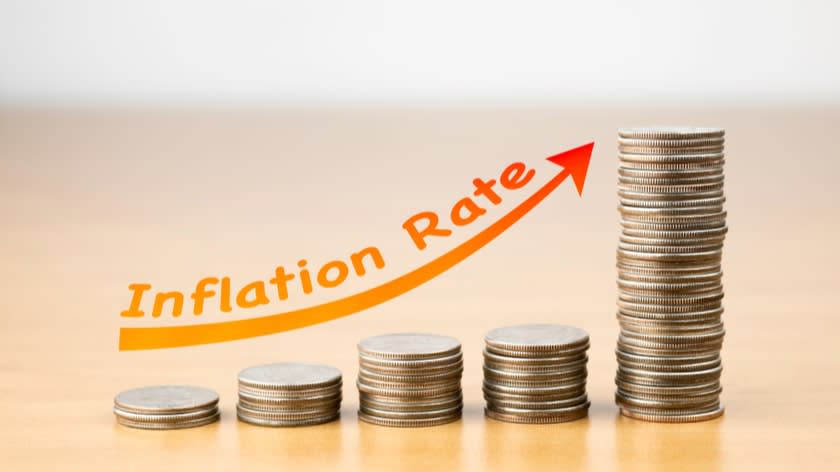The factors driving eurozone inflation

Inflation jumps to record high on energy, normalising prices following reopening and supply chain issues
The flash estimate showed that HICP inflation in the eurozone jumped to 4.9% in November, up from 4.1% in October. The core rate (excluding food, energy, alcohol and tobacco) rose to 2.6%, up from 2.0% in October.
The breakdown into the main components shows that the main factor behind the rise in headline inflation again was energy price inflation. Energy price inflation increased to 27.4% in November, up from 23.7% in October, adding 0.35pps to the total rise in headline inflation between October and November. In addition, services inflation added 0.25pps to the rise in headline inflation (rising to 2.7%, up from 2.3%). Finally, the rise in the inflation rates of food and non-energy industrial goods each added 0.1pp to the rise in total inflation.

Further details of eurozone inflation have not yet been published, but the detailed data from Germany’s main regions indicate that base effects due to the normalisation of prices related to hospitality, entertainment and travel after the end of lockdowns in the spring of this year, played a major role in the rise in services price inflation. For instance, the inflation rate in the category leisure and entertainment (weight of more than 20% in services inflation) increased by between 1.5 and 2pps in all German regions, which suggest this lifted total services price inflation by roughly 0.3pps in November compared to October. Looking at the other main contributor to the rise in core inflation, it seems that rise in the inflation rate of non-energy industrial goods (to 2.4% in November, up from 2.0% in October) is due to surging global industrial goods prices on the back of supply-chain bottlenecks and higher commodity prices.
Looking forward, recent producer price data as well as surveys about selling price expectations in industry indicate that the rise in non-energy industrial good inflation could continue for a while, but should ease over time, even though a complete normalisation of the supply-side could take around a year. Nevertheless, we expect inflation to fall sharply from the start of next year (also because the upward impact of changes in VAT rates will fall out of the series) and end up comfortably below 2% by the end of the year and in 2023. Energy price inflation seems to have peaked now and should drop lower in the course of next year. Moreover, leisure and holiday-related inflation and hence services inflation is likely to ease, as we judge that the prices of these items have largely normalised. At the same time, wage growth at the eurozone level is still subdued. Indeed, the rise in the ECB’s preferred measure of wage growth (negotiated wages) slowed down to 1.4% yoy in Q3, down from 1.8% in Q4 and 2.2% in 2019.
